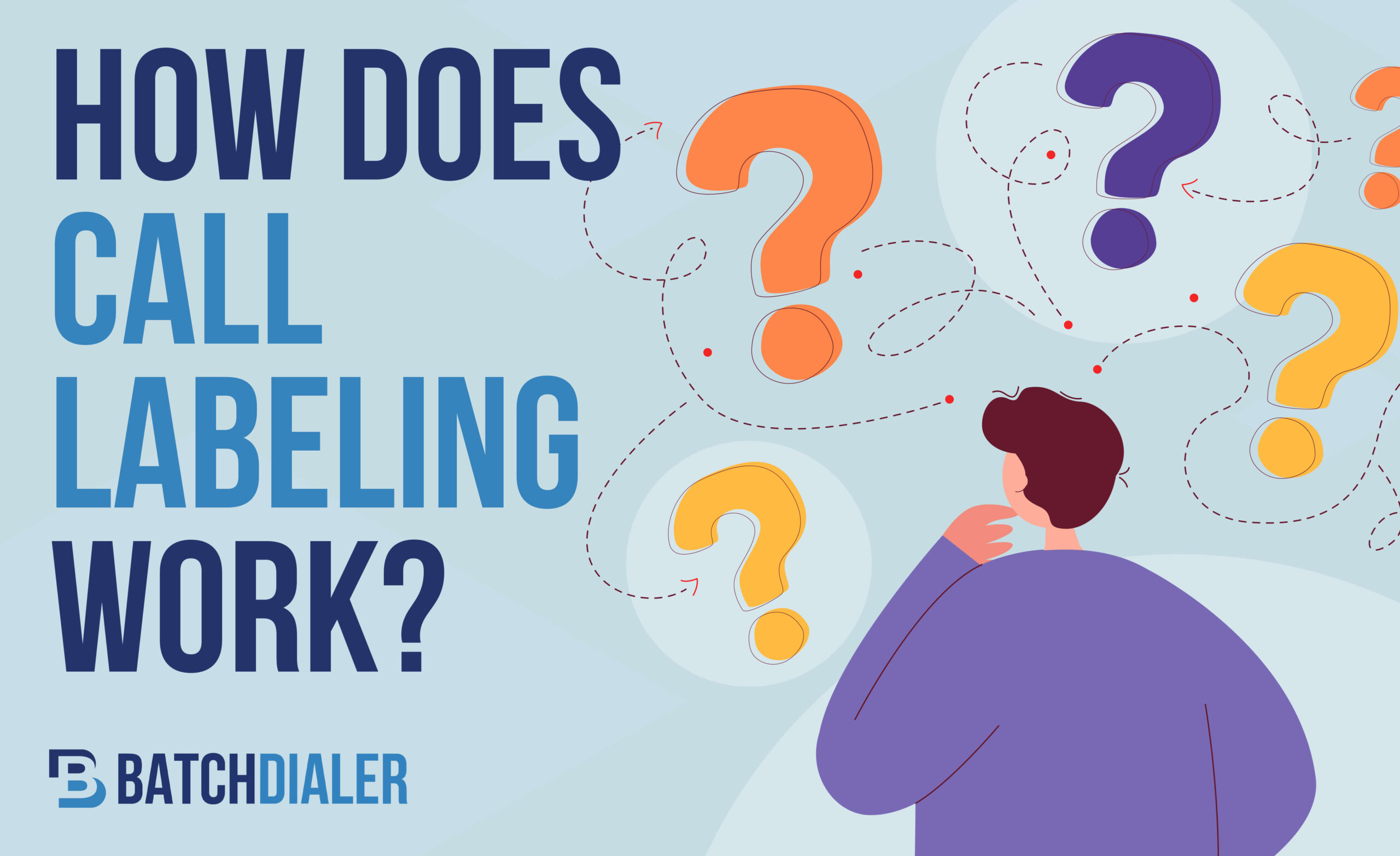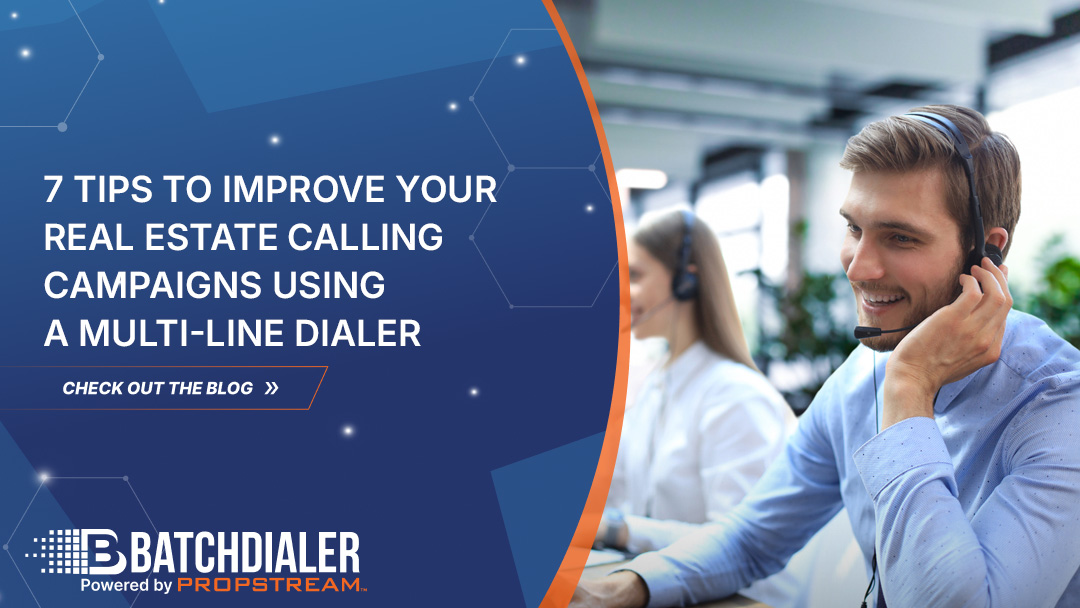Overview
Call labeling is a system that categorizes calls and warns people when they might be receiving a suspicious call. Anyone who has seen a message like “Scam Likely” on an incoming call has benefitted from call labeling.
Call labels like “Fraud,” “Scam,” and “Scam Likely” warn users that they may be receiving a spam call. However, it’s difficult for carriers to identify spam calls accurately. Some spam calls may slip through the system, and some legitimate calls may receive inappropriate labels. That’s why it’s important to fully understand how call labeling works and the system that makes it possible.
Carriers flag calls based on factors including caller behavior and user feedback. Depending on the number and type of flagged calls a caller accumulates, a carrier may assign that caller a call label. The label indicates a pattern of suspicious behavior as signaled by the flags.
Once you understand the system behind call labeling, it’s easy to see the different factors affecting how your calls are labeled. With that knowledge, you can change business practices to make sure your calls aren’t inaccurately labeled as spam.
What Is Call Flagging?
Call flagging is how carriers record individual suspicious calls. These calls may be deemed questionable because of the caller’s behavior (for example, calling many times over a short period) or user feedback.
Much of the time, carriers and call labeling apps flag calls based on analytics. They assign a flag score on each suspicious call based on the data they collect, and callers that pass a certain accumulated flag score receive a call label.
The exact calculations each makes are proprietary, but they can generally base scores on the data from call certificates and other data carriers can collect on calls. Call certificates are the packaged information that the caller’s carrier passes on to the recipient’s carrier and phone. That means that carriers and call labeling apps can base their call flag scores on the following data:
- Time and date
- Phone number
- Originating carrier
- Location
- Unique identifying code
- Call attestation
With this raw data, carriers assign flag scores to individual calls. They aggregate the scores to make determinations about call labeling. Now that you know the ingredients used to compose flag scores, you can understand the broader trends affecting call labeling.
Factors Affecting Call Labeling
Once a carrier has call data, it can use that information to generate a label for that call. The label usually indicates something about the likely intentions of the caller, for example, if they may be trying to scam the person receiving the call.
To do this, carriers work with other organizations that analyze scammers’ behavior, take consumer complaints about scammers, and synthesize that information into ways they can identify suspicious behavior and warn users about it ahead of time. While the system isn’t perfectly predictive, it can provide valuable warnings to otherwise unwary users.
Call Volume
One key factor affecting call labeling is the number of calls the caller is making. If thousands of calls are originating from the same source over a short period of time, it’s possible that the caller is using automated calls, or robocalls, to illegally spam people. There are certainly legitimate reasons to be a high-volume caller, but you need to follow careful guidance in order to properly execute a high-volume calling strategy.
By tracking the number of calls one person is making, carriers can flag their calls as spam and even help bring people who break the law to justice. That’s exactly what happened when the FCC fined a man $120 million for spam calls.
Generally, the best practice is to call fewer than 150 people from the same number in one day. While one high-volume day of calling might not ruin your number’s reputation, it will put up red flags that could give you difficulties if you engage in any other behavior that could be seen as suspicious. If you do plan on making more than 150 calls in one day, it’s advisable to use more than one caller ID.
Call Duration
Carriers analyze call duration as well as call volume when determining whether your behavior is suspicious. Typical callers will have a brief conversation with the person they call, and they might leave a message if there’s no answer. That means that callers who try and maximize their call volume with short calls will stand out
Low average call duration can have a number of causes. In call centers with incentives to call the highest number of people in the shortest time possible, managers can sometimes view a low call duration as a positive metric, but it can actually lead to the center’s caller ID showing up with a warning label.
Callers can also see a low average call duration if they use an automated answering machine detection service. These programs typically end calls after a little more than three seconds in order to save the caller time. Unfortunately, that time savings comes at the price of low call duration and possible negative call labels.
Calls to Disconnected Numbers
Spam callers typically exhibit a pattern of high-volume calls to a set of numbers with low data quality. That can even mean calling phone numbers in sequential order-as you can imagine, calls to 111-111-1111 and then 111-111-1112 will see a lot of errors.
Because of this behavior, carriers look for callers making a high percentage of calls to disconnected numbers. If your data provider meets all the normal requirements, this won’t be a serious issue for you. But poor quality data can have serious impacts on your call labels and therefore, your callers’ abilities to hit their numbers.
Call Attestation
However, the most important factor affecting the label a call receives is its attestation. While call attestation is its own, complicated topic, it is a shorthand through which a carrier can express how much information it has about a caller.
Carriers look for calls that:
- Originated with the carrier (not through separate means like VoIP providers)
- Have authenticated who the caller is
- Have shown the caller’s right to use that phone number
Calls that meet those requirements get assigned tokens signaling that they come from a verified source.These tokens are called A tokens.
If the carrier cannot verify the above information, they will assign a lower-level token, such as a B or C token. These signal lower levels of confidence about the caller’s identity and their right to use the number they are calling from. Calls with B or C tokens are three times more likely to be robocalls.
Carriers tend to give calls with lower attestation tokens call labels warning users that the call is from an unverified source. The specific label can depend on other factors, but callers with B or C tokens will often be assigned some kind of warning label.
User Feedback
Carriers, the FCC, and third-party call blocking and labeling apps all take user feedback on the calls they receive. That means that users who receive spam calls can report the source as a spammer, and the body they report it to will store it accordingly.
Call labelers record that feedback by flagging calls to track call behavior before assigning a label. If the number of flagged calls passes a certain threshold, they will label that caller accordingly on future calls.
Some bad actors illegally spoof other phone numbers in order to make spam calls. Unfortunately, that means that those phone numbers’ legitimate owners may be affected by complaints about calls made by scammers spoofing their phone number.
What Call Labels Can You Receive?
There are two types of call labels you can receive: warning labels and intent labels. As the names imply, warning labels are meant to warn users about possible fraud and scams, whereas intent labels are more benign and simply inform users about the potential intent behind a call.
Warning Labels
Warning labels can vary depending on carriers and labeling applications, but there are a few especially common warning labels that users are used to seeing:
- Scam Likely
- Fraud Risk
- High Risk
- Potential Nuisance
- Potential Fraud
- Potential Spam
As you can see, those labels can vary significantly in severity. The specific label applied will depend on the labeler’s methods and the caller’s behavior. In general, they are meant to communicate the likelihood that a caller might be attempting to defraud or scam the receiver.
Intent Labels
Where warning labels deliberately discourage users from answering the call, intent labels simply pass on more information about the caller. Many people are unlikely to answer calls from numbers they don’t know, but a user expecting a survey call may be more likely to answer one with the “Survey” label. A few common intent labels are:
- Survey
- Prison/Jail
- Unknown Number
- Charity/Nonprofit
- Political
- Customer Service
Intent labels help inform users about a caller they might not otherwise know anything about.
Summary
- Call labeling is a system for warning users about a call they are receiving.
- Carriers flag certain calls that reach “scores” indicating suspicious behavior.
- Call labels are affected by factors like the number of calls you make, your call attestation, and user feedback about your calls.
- Callers using BatchDialer’s A attestation token are much less likely to receive negative call labels.



